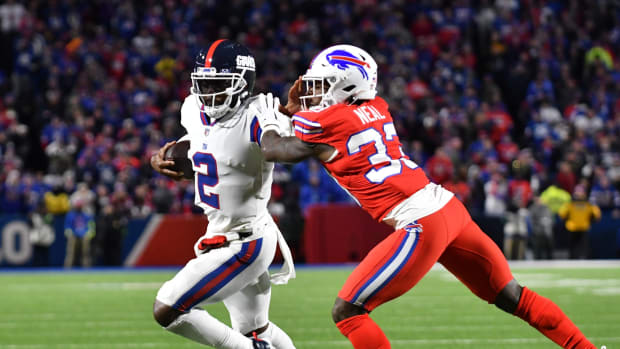How astronauts watch the Super Bowl in space
By Brian Barrett, WIRED
Last February, over 114 million viewers tuned into NBC’s coverage of Super Bowl XLIX. Among them: The crew of the International Space Station. At least, the ones who kept odd enough hours enough to watch.
Kickoff was at 6:30 pm Eastern Time, sure. But the ISS circles the Earth about 16 times in a 24 hour period, effectively obliterating any traditional sense of day and night we might have. To give themselves some semblance of a normal schedule, astronauts stick with Greenwich Mean Time, putting the Super Bowl’s start time at much less reasonable 11:30 pm. That means staying up very late, or waking up very early, to catch the action.
And that’s just scheduling! Organizing a Super Bowl party might seem daunting, but your buffalo-sauce-per-wing calculations have got nothing on organizing a Super Bowl viewing 200 miles above the Earth.
Watching movies and television episodes in space isn’t particularly novel; the ISS even recently installed an HD projector and specially designed, 65-inch screen to match. Its home theater set-up puts most of our terrestrial TVs to shame. Astronauts use it for weekly calls home to their families, or to touch base with Mission Control, but they also deploy it during downtime. One of the first movies they used to break in their new toy? Yep, Gravity.
A movie or TV show is easy enough to manage; ISS astronauts order up flicks the same way you used to summon Netflix DVDs to your door. They just have to wait a little longer for delivery.
“Every crew can request and have delivered on a number of cargo vehicles (as the cargo allotment permits) a contemporary collection of DVDs for their viewing enjoyment,” explains NASA spokesperson Stephanie Schierholz. “TV and films, along with books and music, are important aspects of psychological support for astronauts on long-duration missions.”
That’s all well and good for physical media. But what about live broadcasts? What about psychological support for the pigskin diehards—Capt. Butch Wilmore, who recently returned from a six-month ISS stint, played football at Tennessee Tech—who want to watch the biggest of big games?
That’s a little more involved.
Houston’s Johnson Space Center is where astronauts train, and where Mission Control helps shepherd active space flights. It’s also where the TV comes from. “[JSC]’s television infrastructure pulls in programming from both commercial and cable outlets and can route any connection to Mission Control for uplink to the crew,” Schierholz says.
That uplink takes place via NASA’s Tracking and Data Relay Satellite (TDRS) system, a fleet of nine satellites—six currently operational—that help the space agency communicate with its astronauts off-world.
The TDRS has a few bands with which it can hustle data from ground to space. Everyday pings like audio contact or basic telemetry are sent using its S-band system, while more intensive tasks like, say, streaming a hugely popular sporting event, happens on the Ku-band.
You might think, based on your streaming TV experiences at home, that getting a solid signal all the way to space would be a sputtery mess. You would be wrong. After a 2013 upgrade, the Ku-band improved its uplink speeds from a paltry 3Mbps to 25Mbps. Its downlink speeds, which sends video back down to earth, top out at a whopping 300Mbps. Verizon Fios would charge you $165 per month for that kind of speed—and that’s the two-year promotional rate. There’s also not any more time delay than you would find in a TV broadcast to your own home.
“The picture’s not bad,” says Wilmore, who also watched college football virtually every weekend aboard the ISS. “It’s on a basic laptop screen, so it’s not high-def, but it gets you what you need to follow along.”
That’s not to say there aren’t drawbacks. Astronauts are only permitted to watch games outside of scheduled work hours. The worst hiccup, though? Ku coverage isn’t ubiquitous. In fact, it reliably only lasts up to about 80 minutes out of every 90-minute orbit. “The uplink is always interrupted when we don’t have Ku capability,” says Schierholz. Over the course of a four-hour Super Bowl spectacular, that’s nearly a half hour of down time. If only they could specify that it hit during an especially awkward half time show, or backend it in case of a blowout.
Still, that hasn’t stopped space-bound sports fanatics from tuning in. Schierholz notes that ISS has hosted viewings of the World Cup, baseball games, and more.
Committing to any of those isn’t easy. Late hours. Inevitable frustrations. Miraculous technology made routine. In fact, in a tidy bit of coincidence, it turns out that no one may be better suited to deal with the peculiarities of watching the Super Bowl in space than, well, the astronauts of ISS.





































